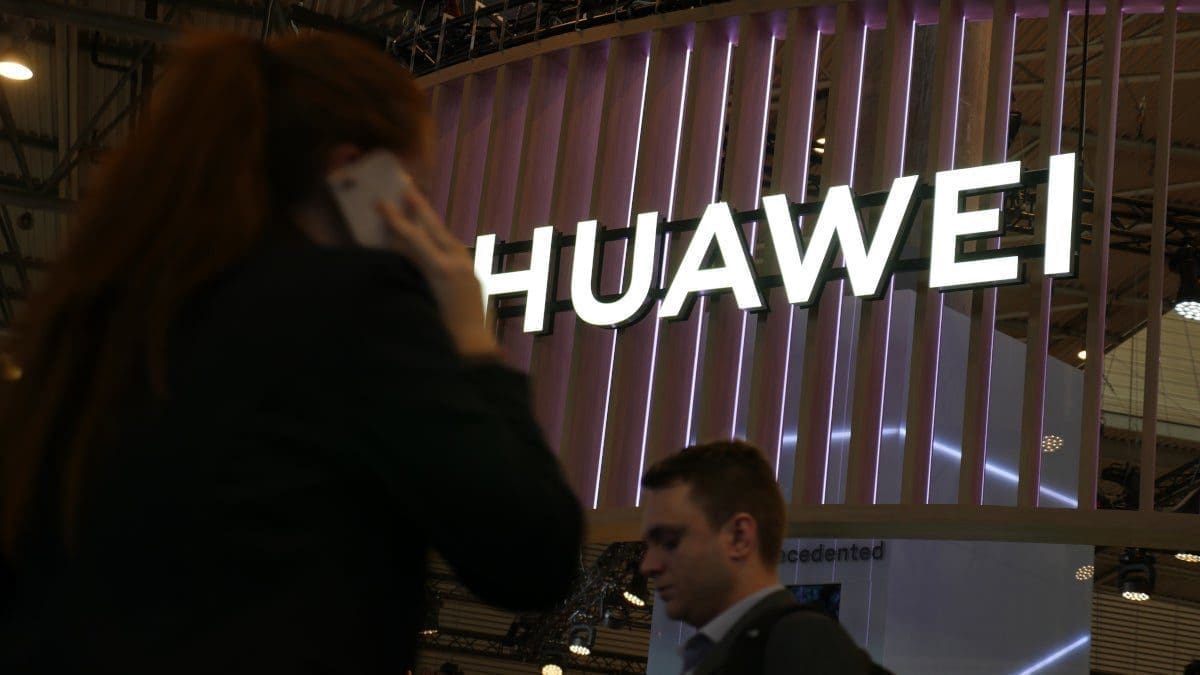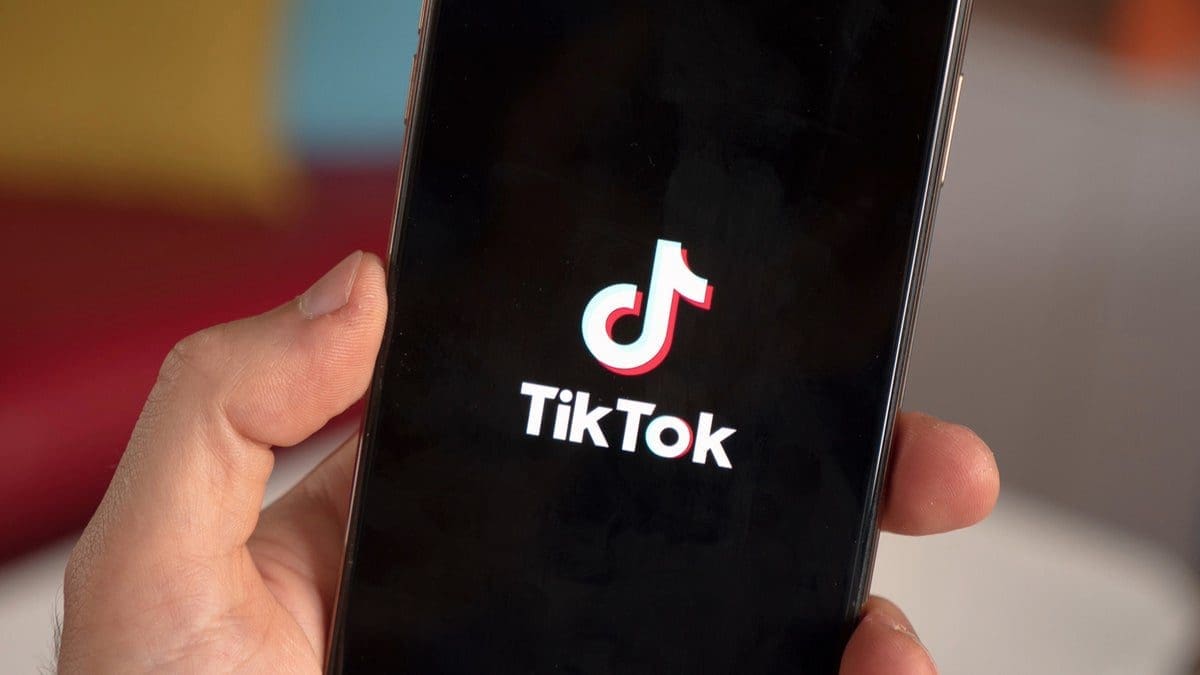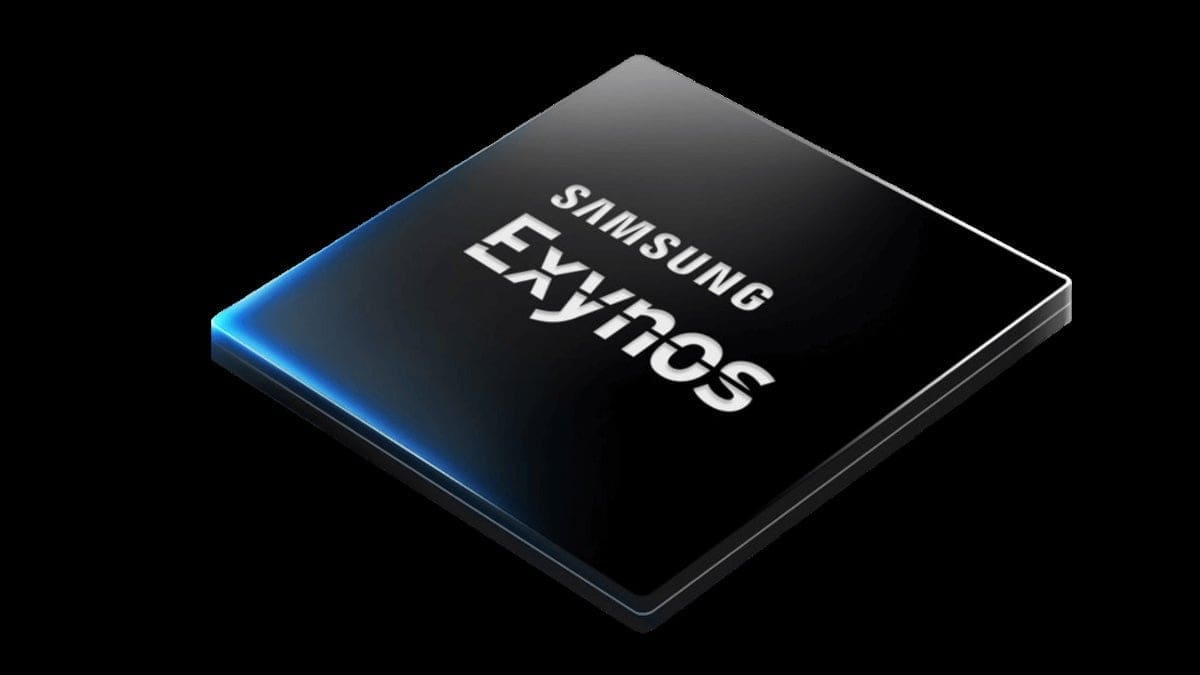As August was coming to an end this year, Huawei shocked the world by unveiling the Mate 60 Pro. Unveiling a new flagship phone isn’t so shocking but equipping it with Huawei’s first in-house 5G chipset in three years, the 7nm Kirin 9000s, surely was. Because of the U.S. export rule that prevented foundries using U.S. gear to manufacture chips from sending cutting-edge silicon to Huawei, the last 5G flagship from Huawei was the Mate 40 line from 2020 powered by the 5nm Kirin 9000 and Kirin 9000E.
After the Mate 40 series was released, Huawei turned to 4G versions of Snapdragon chips that it was able to obtain a license to import to power its recent flagship models such as the 2022 Mate 50 series and the 2023 P60 line. Neither of these phones could connect to 5G signals without the use of a special 5G case offered by a third-party accessories firm.

The unveiling of the Huawei Mate 60 Pro shocked the world
U.S. lawmakers went ballistic when Huawei unveiled the Mate 60 Pro surprised that China’s largest foundry, SMIC, could build a 7nm chip, especially one that could support 5G. Even at this date, we still do not know for sure how SMIC was able to skirt U.S. sanctions to build the Kirin 9000s SoC. Per the South China Morning Post, we can expect more from Huawei next year according to the head of the company’s consumer division Yu Chengdong (better known by his Americanized name Richard Yu).
Yu says that Huawei next year will launch “disruptive” products that could “rewrite the history of the industry.” These products will be “leading, innovative and disruptive,” the executive said during Huawei’s annual fan club meeting on Saturday. During the event, Yu also said that Huawei will release native apps and products based on its self-developed HarmonyOS platform. Huawei is looking to attract more app developers to write for the platform and the next version of the software will not support Android apps.
A developer preview of HarmonyOS Next will be released during the first quarter of 2024.
The Mate 60 line has been a success in China according to analysis firm Canalys. Since the release of the series, which includes the Mate 60, the Mate 60 Pro, the Mate 60 Pro+, and the Mate 60 RS, 2.5 million units were sold by November 7th with the Mate 60 Pro responsible for greater than 60% of the phones sold.










